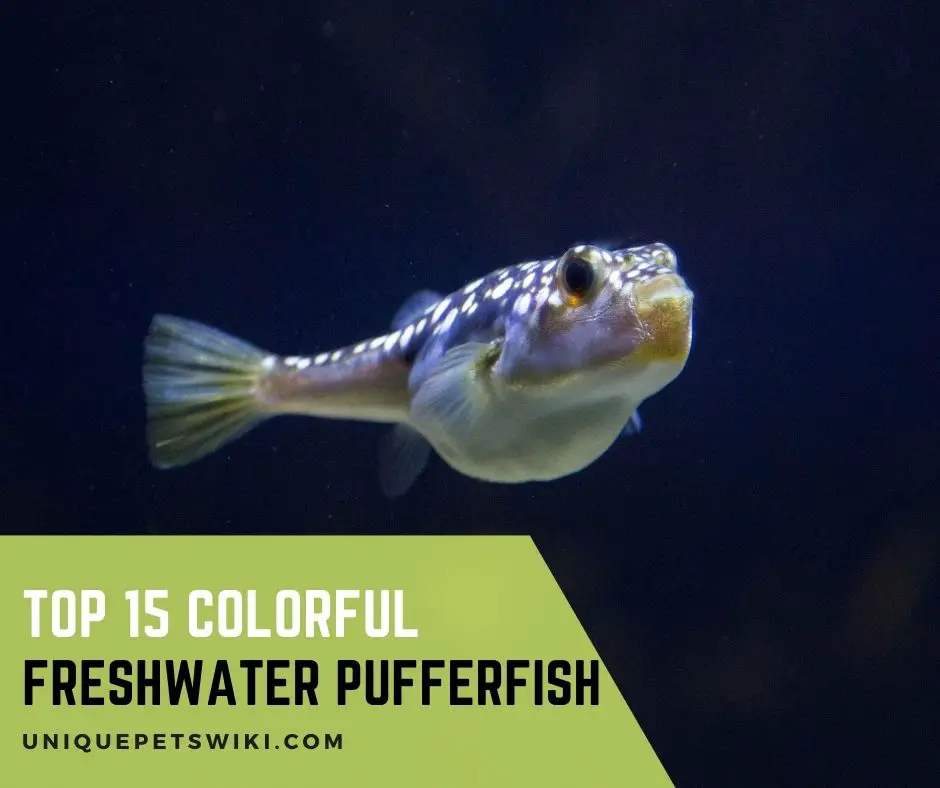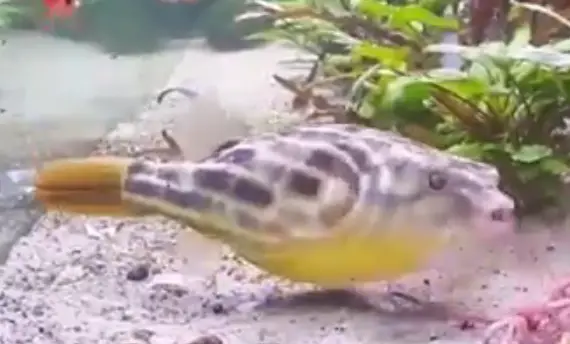Pufferfish are among the favorite families of the aquarium family because of their great personality, and a lot of people like keeping them. They can live in different environments, from freshwater to saltwater; this makes them more interesting and fascinating to keep and raise. Some of the top 15 freshwater pufferfish are listed below.
There are very few species of freshwater pufferfish that cannot share the aquarium with other fishes
Pufferfish are one of the best families for aquarium hobbyists due to their different personalities, types, and sizes
Some pufferfish (Green Spotted Puffer and Figure 8 Puffer) start off as freshwater puffers. However, these will mature into saltwater or brackishwater fish. This does not make them true freshwater puffers.
A pet fish can actually be a great source of companionship, as well as light up a room while swimming in their aquarium water. You can branch out to a slightly more challenging endeavor, such as owning and looking after a freshwater pufferfish.
When moving them into an aquarium, just make sure your tank size can contain their beauty and personality. So let us look at the best freshwater species of pufferfish, in no particular order, before you start measuring and preparing their water parameters.
Contents
- What Is a Freshwater Pufferfish?
- List of Freshwater Pufferfish for Your Tank
- Small Size but Big Bite: Congo Puffer
- Different from the Rest: Schoutedeni Puffer
- Some Mystery: The Cross River Puffer
- Not Like the Others: Figure 8 Puffer
- Size Matters: MBU Puffers
- The Non-Scale Looking Ones: Hairy Puffer
- Little One Goes a Long Way: Amazon Puffer
- Hairless Hairy Puffer: Pig Nose Puffer
- Epic Name for a Cute Fish: Dragon Puffer
- Another Big One: Fahaka Puffer
- Another to a Short (Breeding) List: Ocellated Puffer
- Feisty Little Ones: Pea Puffer
- A Fish Carnivore: Green Target Puffers
- Window to the Soul: Red Eye Puffer
- They Will Grow Out of It: Green Spotted Puffer
What Is a Freshwater Pufferfish?
A freshwater pufferfish is a type of fish that is native to freshwater environments. These fish are typically found in tropical and subtropical areas of the world, and they are known for their ability to inflate their bodies with water or air when threatened. Freshwater pufferfish are also popular aquarium fish because of their unique appearance and personality.
Compared to saltwater pufferfish, freshwater pufferfish are much smaller, typically only reaching about 6 inches in length. These fish have a rounded body shape with a short tail fin. Their skin is covered in small, sharp spines.
Also, it is a bit easier to care for a freshwater pufferfish than a saltwater variety because owners do not need to maintain the salt levels in the aquarium. However, these fish still require regular water changes and a diet of live or frozen food.
List of Freshwater Pufferfish for Your Tank
Some of the common species of freshwater pufferfish include the golden pufferfish, green pufferfish, and red-tailed pufferfish.
Freshwater pufferfish is not recommended for beginner aquarium owners because of their specialized care needs. These fish can also be aggressive towards other tank mates. If you are considering adding these fish to your aquarium, be sure to do your research on what tank mates are compatible and how to properly care for these fish.
Small Size but Big Bite: Congo Puffer
The description of the Congo Puffer is often linked to that of a potato, and this is why you can refer to them as a Potato Puffer. This type of pufferfish can confuse some people into thinking it is a saltwater type due to their colors, but the truth of the matter is that these fishes are true freshwater puffers.
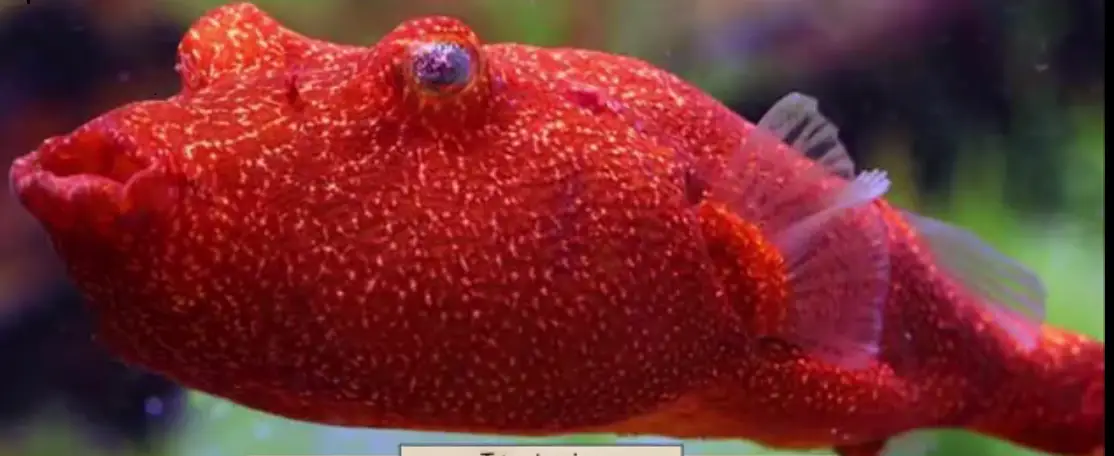
The Congo Puffers can come in a few colors, from bright orange to a light brown, such as that of a potato. Even sweet potatoes give off an orange look to them. The fishes are able to reach a size of 18 cm (7.1 inches).
Congo Puffer lives in the Democratic Republic of Congo. Plus, they prefer their tank temperature to be in the range of 24 to 28 degrees Celsius. The pH level should be between 6.5 and 7.5.
As mentioned, puffers should be kept away from other fishes, and this one is no different since they are very predatory. They will nip other’s fins or eat the smaller creatures.
Different from the Rest: Schoutedeni Puffer

The Schoutedeni Puffer (or the Spotted Congo Puffer) is a pufferfish that can be bred in aquariums. Breeding the Schoutedeni Puffer can be challenging, but it is doable. Plus, these types of puffers are actually happy to be in groups, so you may want to opt for a fish community tank for them and their friends.
They live in the Democratic Republic of Congo.
Plus, they are able to reach a size of 10 cm (3.9 inches). The conditions of the aquarium can have a temperature of between 22 to 26 degrees Celsius, as well as pH levels between 6.5 and 7.5 since Spotted Congo Puffers, prefer these numbers.
Some Mystery: The Cross River Puffer
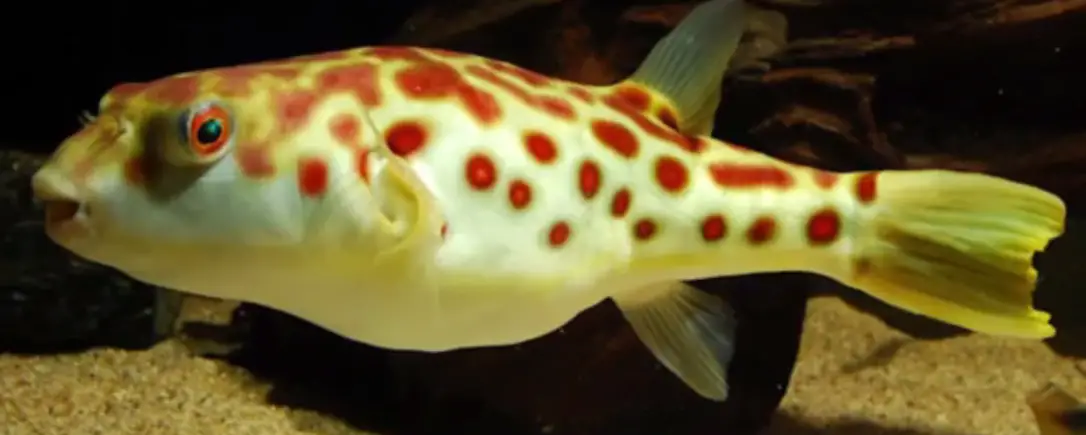
The next one of this list may have a tiny bit of mystery to it. The Cross River Puffer could be one of the largest pet pufferfishes that you may find since it can reach a size between 30 and 35 cm (11.8 to 13.8 inches) in their adulthood.
The pH levels do not really bother this puffer. Therefore, you can give them a level that is between 6 and 7.8, with temperatures going from 23 to 27 degrees Celsius. But good luck finding one since they are rare and only seem to live in the Nigerian State known as Cross River in Africa.
Not Like the Others: Figure 8 Puffer
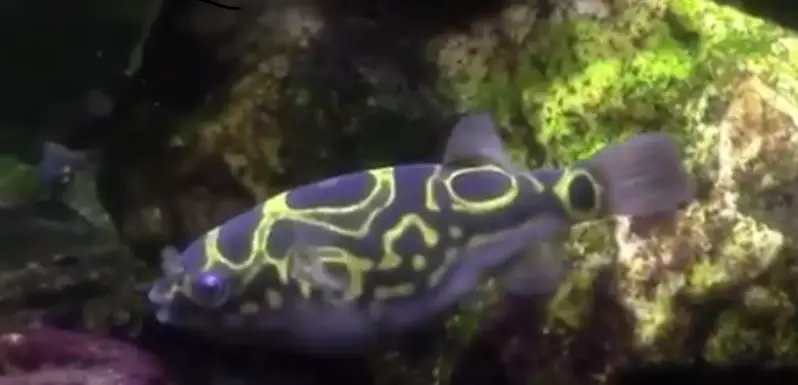
Cambodia, Indonesia, and Malaysia are the places where this stylish black, Figure 8 pufferfish swims. Their maximum size is 8 cm (3.5 inches), and they prefer temperatures between 22 to 26 degrees Celsius. They do not play well with others since they like to nip fins of other fishes
While they can be sold as freshwater fish, this is only partly true. In nature, especially when they get older, they tend to move towards brackish water. Therefore, they are not true freshwater puffers.
Size Matters: MBU Puffers
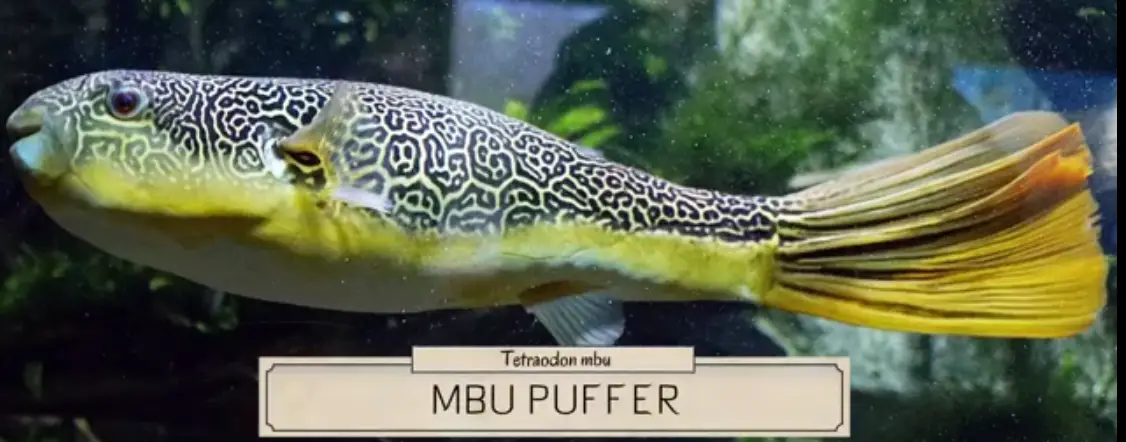
MBU Puffers are not only big in personality, but they are also big in size, reaching a maximum of 70 cm (27.6 inches), making them one of the largest species of pufferfish in freshwater. Therefore, the best way to keep these ones at home is to have a very large tank. Something even bigger than 20 gallons may just do the trick. The best bet is putting them in a swimming pool.
While the chances of you owning one may be low due to their size, it could be worth it since they can be playfully beautiful.
They like their water temperature to be from 24 to 27 degrees Celsius. They live either in Burundi, Cameroon, Congo Republic, Tanzania, Zambia and the Democratic Republic of Congo.
The Non-Scale Looking Ones: Hairy Puffer
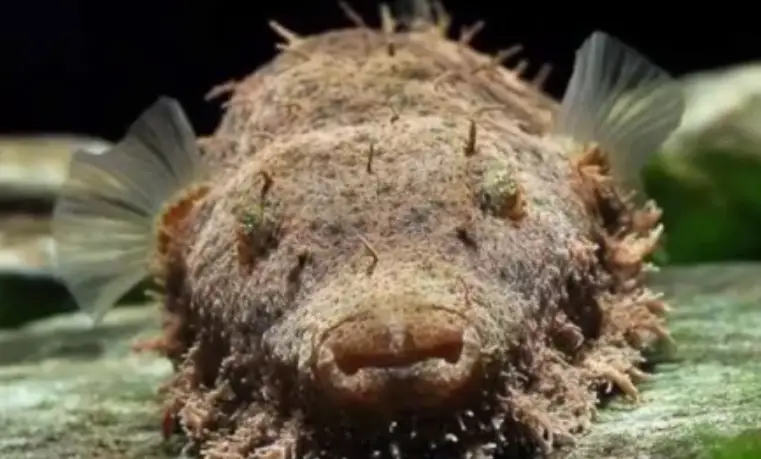
One of the true freshwater puffers is the Hairy Puffers that swim in Laos, as well as Thailand, and they can grow up to 15 cm (5.9 inches). They also do not mind the pH level, so anywhere between 6.5 and 7.5 is good for them.
Plus, they are also fans of their aquarium temperature being between 24 and 27 degrees Celsius.
However, they are not team players since they devour anything smaller than them and nip the fins of creatures larger than them. They look as if they have hair on them, hence their name.
Little One Goes a Long Way: Amazon Puffer
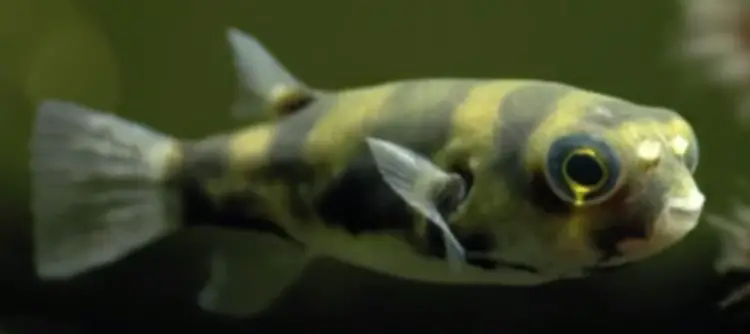
Now, if you are in the mood to have a cute pet, then maybe the Amazon or South American Puffer could be the choice for you. This breed of puffer is on the smaller side, reaching 14 cm (5.5 inches), and they are one of the easier fish to care for.
As their name implies, they dwell in South American countries such as Brazil, Colombia, Peru, and along the Amazon River. This makes them prefer acidic water. Therefore having a pH level between 6 and 7.2 should do the trick. The temperature can range from 20 to 28 degrees Celsius.
Amazon Puffers may be able to live with other fishes in the tank, but that all depends on their personality. Therefore, putting them with others is a risk.
Hairless Hairy Puffer: Pig Nose Puffer
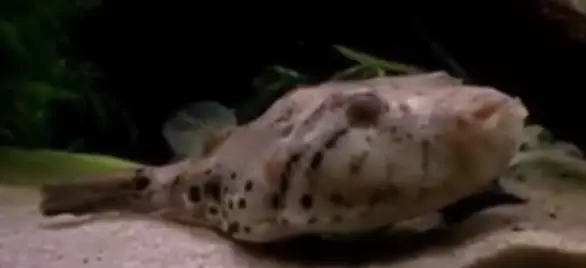
If the Hairy Puffer caught your eye, but you are not too into your pet fish looking like a hairball, then the Pig Nose Puffer could be the one for you. They are found in Laos, and Thailand as well as reaching the maximum size of 15 cm (6 inches).
They have their eyes on the pH level being between 7 and 8, with the temperature being that of 24 to 28 degrees Celsius.
Epic Name for a Cute Fish: Dragon Puffer
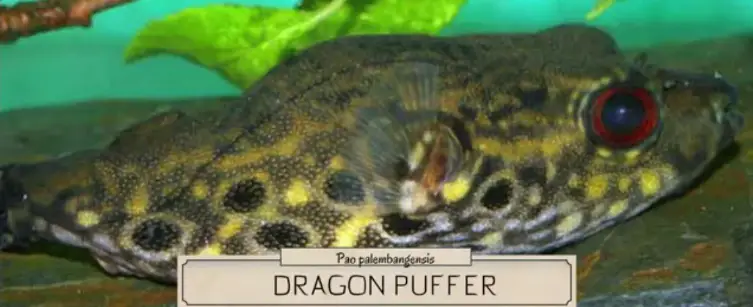
The Dragon Puffer is also known as the Humpback Puffer. They can reach a maximum size of 21 cm (8.3 inches). Countries like Indonesia, Laos, Thailand, and Malaysia are the places that they like to swim in. They are true freshwater puffers that like their pH level to be from 7 to 8, with temperatures being from 24 to 28 degrees Celsius.
Another Big One: Fahaka Puffer
The Fahaka Puffer is another massive Pufferfish since it can reach a size of 45 cm (17.7 inches). The Nile River, as well as other smaller rivers in Africa are the areas where these Puffers dwell in.
Fahaka Puffers like temperatures of 24 to 26 degrees C, and swim in alkaline water. Therefore, the pH level of the water should be between 7 and 8.
Another to a Short (Breeding) List: Ocellated Puffer
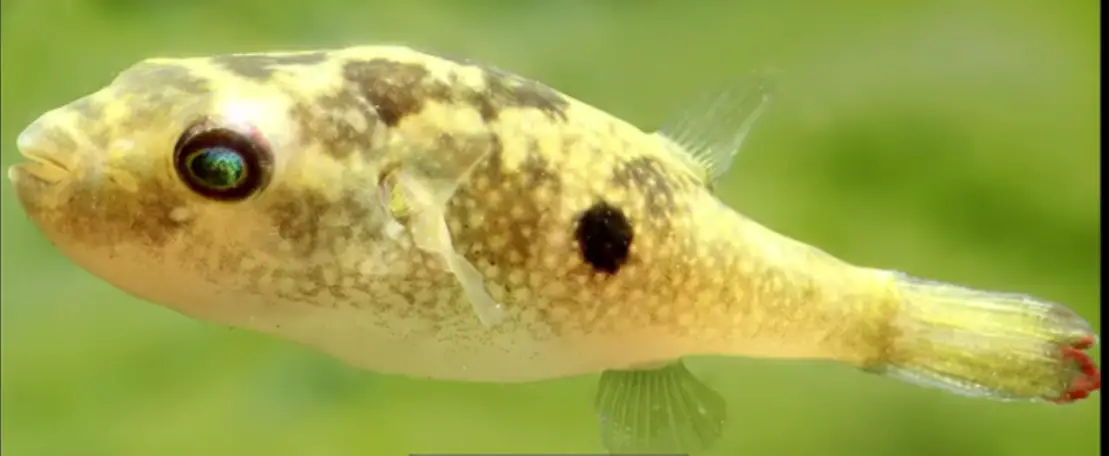
Another small, true freshwater puffer is the Ocellated Puffer, which can reach a size of 15 cm (6 inches). These little ones reside in India, Bangladesh, and Sri Lanka. The pH level that suits them the most is neural, so around 7. Their preferred temperature range is from 24 to 28 degrees Celsius.
Ocellated Puffers have something in common with Schoutedeni Puffers in that they too can be bred in aquariums. Although the Ocellated Puffers could be even more challenging since they are even rarer to find.
Feisty Little Ones: Pea Puffer
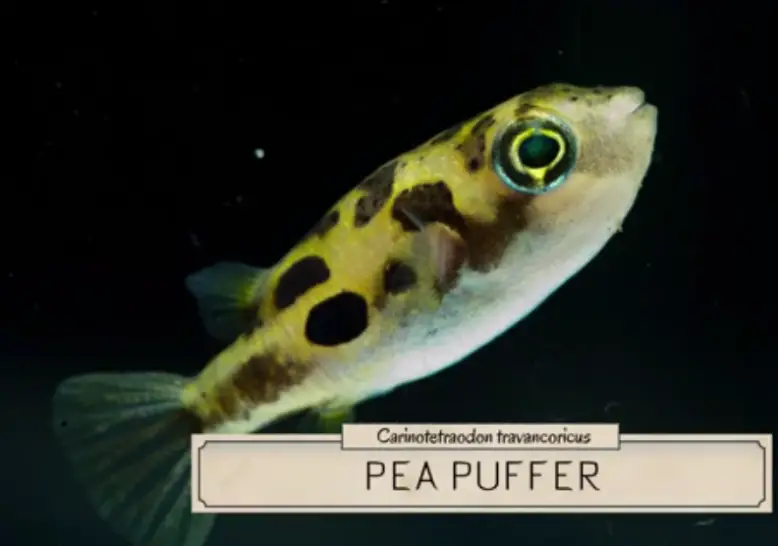
The Pea Puffer can also be called the Pygmy Puffer. However, “pea” is a better description for this species of fish since their maximum size is a cute 2 cm (0.8 inches). They like the slightly more acidic side of the pH level, so 6.5 to 7.5, with a temperature of 23 to 27 degrees Celsius, which is perfectly fine for them.
India is where these little darlings like to live, and they can be a bit feisty. However, to help calm them down, you can keep them in a group of their peers. Besides their size, another bonus of having a Pea Puffer is that you would not need to wear their teeth down, and you can feed them blood worms. But small baby snails seem to be their favorite.
A Fish Carnivore: Green Target Puffers
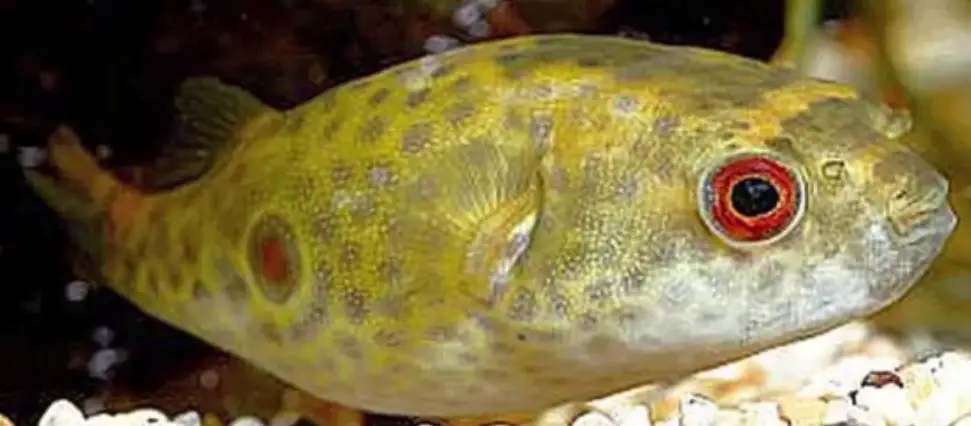
The Green Target Puffers like to swim around the area of Africa, even though the rivers such as the Nile. The biggest that they can get is 12.7cm (5 inches). Plus, they like their pH level to be between 7 and 7. 5, which makes it slightly alkaline.
They are carnivores by nature, so they will eat everything and anything in their path, from shells, worms, insects, and other fishes. These should definitely not be with a school of fish unless you want a little blood bath. Their diet consists of live foods such as insects.
Window to the Soul: Red Eye Puffer
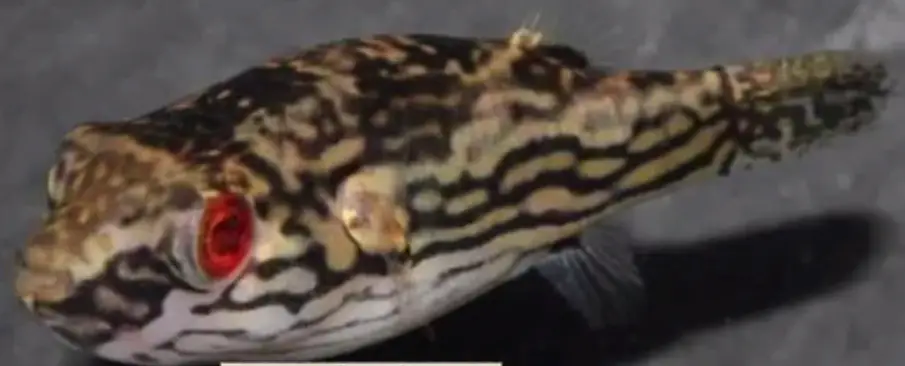
The Red Eye Puffer is a true freshwater puffer. They enjoy swimming in Vietnam, Indonesia, Cambodia, Malaysia, and Thailand. Their size can reach up to 6.5 cm (2.6 inches); they love temperatures from 24 to 28 degrees Celsius, with more acidic water conditions. Therefore, make sure you have a pH level of 5.5 to 6.5.
There is a variety of Red Eye Pufferfish that fall under the name. They are similar to each other, but they are some differences, such as the Red Eye Puffer with red eyes only and the Red Eye Puffer with red eyes and a red tail, to name a few.
They are also known to get stressed out. Therefore, making sure that their space is not crowded and that they are with other Red Eye Puffers may be ideal for them.
They Will Grow Out of It: Green Spotted Puffer
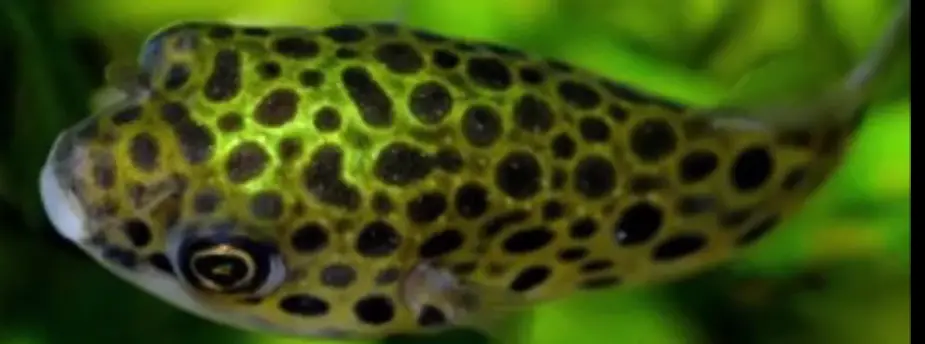
The Green Spotted Puffer is the final pufferfish on this list. This is not a true freshwater puffer. Even though they start off in freshwater or brackish water but when they mature, they become full saltwater fish. Keeping an adult Green Spotted Puffer in freshwater will certainly kill it.
They can get up to 17 cm (6.7 inches) in Cambodia, India, Indonesia, Malaysia, Philippines, Sri Lanka, Thailand, and Vietnam. Their preferred temperature level is of 22 to 26 degrees Celsius.
See more in the below video:
